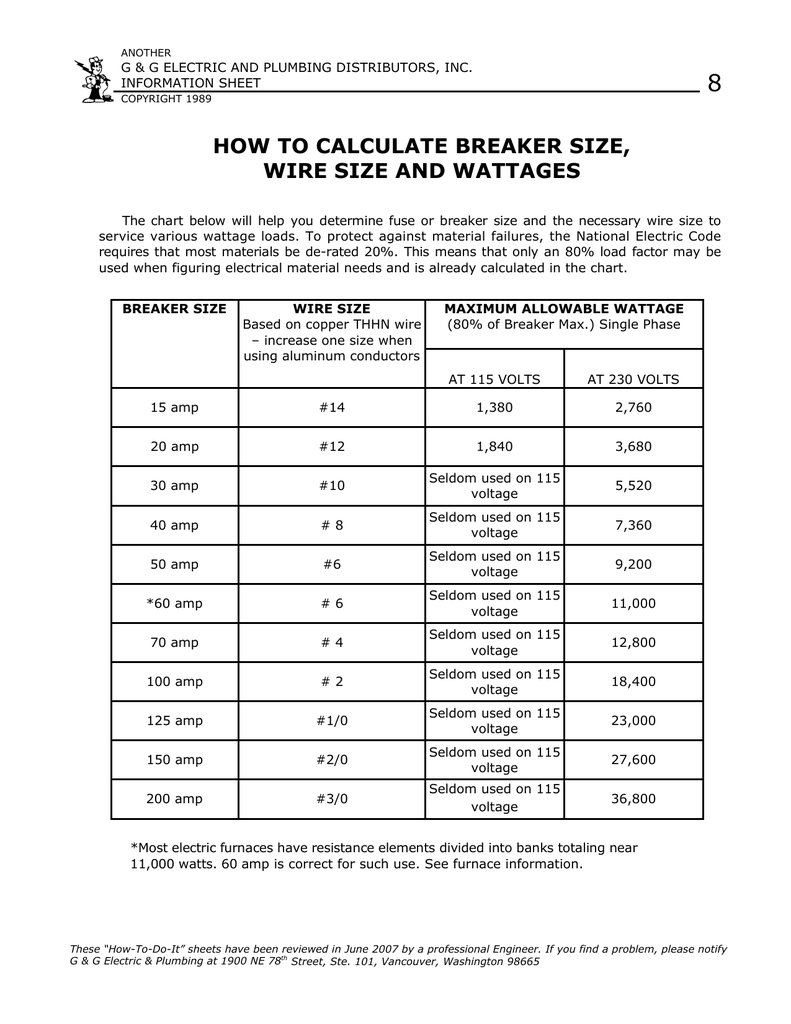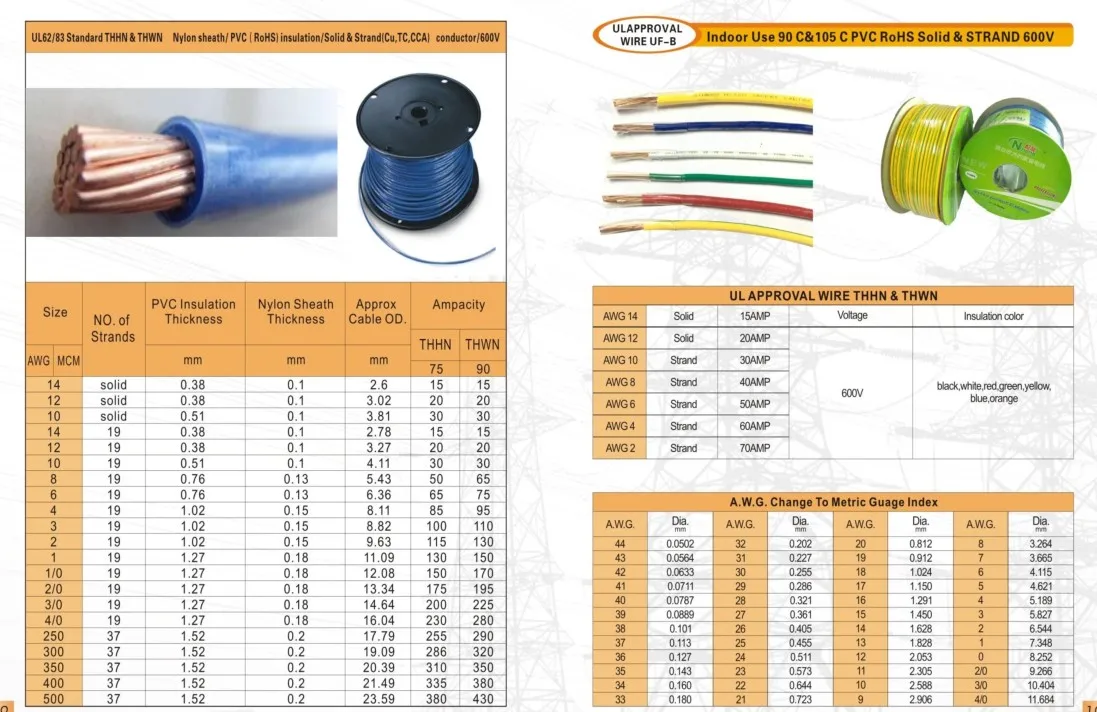
This 40-amp load is well within the limitations of a 6-gauge wire rated at 55 amps. This regulation means that a 50-amp circuit should only carry a maximum continuous load of up to 40 amps.
100 amp wire size thhn code#
The National Electrical Code (NEC) puts a circuit breaker’s maximum continuous current capacity at 80% of its rating. There is less resistance in a 6-gauge wire for fewer than 50 amps, meaning the electrical cable stays cooler and safer. For this reason, the AWG system stipulates a 6-gauge wire for use on a 50-amp circuit.Ī 50-amp circuit seldom carries a current flow exceeding 50 amps if this event occurs, the circuit breaker will trip. When installing an electrical circuit in your home or extending circuits, it is prudent to stay within the safety standards recommended for the electrical current the circuit will carry.Ħ-gauge wire is rated to handle up to 55 amps, which means it can handle a 50-amp current or a 50-amp circuit breaker without issue. The total watts of the appliances must not be greater than 9600. You can check you are not exceeding this limit by checking the watts of each household appliance connected to the circuit and totaling the watts. The maximum wattage allowed on the circuit is 80% of this total, which for a 50-amp circuit comes out to about 9600 watts. The calculated wattage of a 50-amp circuit is 12000 watts at 240 volts. Most 50-amp circuits in a home utilize 240 volts instead of 120 volts for circuits that power smaller appliances. The total watts for all the devices and appliances connected to the 50-amp circuit must not exceed 80% of the calculated wattage. The electric water heater in your home is a prime example of this type of appliance.Ī 50 amp wire size circuits have a current limit and limit the number of watts the circuit can support. Many older homes use aluminum wiring, but most modern homes use copper core wires which are 61% more efficient for electricity transmission.Ĭertain appliances in the home require dedicated 50-amp circuits to which no other appliances are connected.

You can use aluminum where cable weight and cost are factors since the aluminum cable is significantly lighter and cheaper than the copper equivalent. If your circuit wiring has an aluminum conductor, you need a wire of at least 4 gauge for compatibility with a 50-amp circuit breaker. This flexibility makes installing the thicker gauge wire through ducting or conduits much easier. Thick wires are not flexible, which poses problems when threading the cable through ducting.Ī stranded core is typically used in thicker gauge wires to add flexibility to the cable. The lower the AWG wire gauge number, the thicker the central core conductor.

The central core of wires for 15, 20, and 30-amp circuits, 14, 12, and 10-gauge rating, respectively, is typically a solid core cable. The thickness of a 6-gauge wire size is 0.1620 inches or 4.115mm, but the wire gauge is generally clearly marked on the cable’s outer sheath. Household appliances in this category include electric stoves, ovens, washing machines, dishwashers, electric heaters, and hot tubs. The metal conductor is the only section that will carry the current.Ī 50 amp wire size in your home is intended for use with medium-heavy usage electric appliances. When a wire is measured to establish the gauge, only the thickness of the metal conductor is measured. Some circuits contain an aluminum core conductor wiring, which changes the wire gauge required for a 50-amp circuit.Įlectrical wires have three parts, the plastic sheath, the insulation around the metal conductor, and the conductor wire itself.

The American Wire Gauge system standardizes the ratings for conductors with a copper conductor core. The 6 AWG copper wires are rated up to 55 amps, making it a good choice for this circuit. Wire Size for 50 Amp Circuit Breaker ExplainedĪccording to the American Wire Gauge system, the correct 50 amp wire size is 6 gauge.


 0 kommentar(er)
0 kommentar(er)
